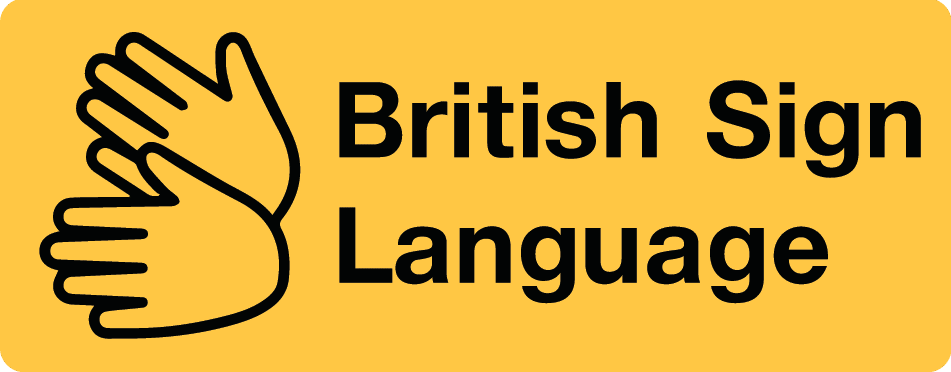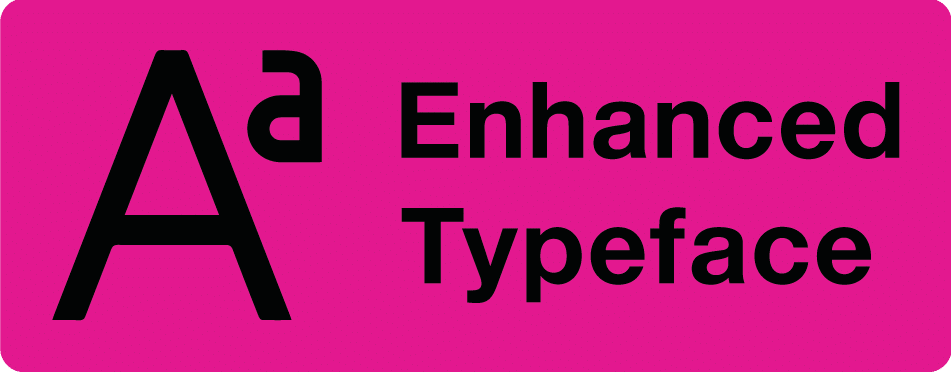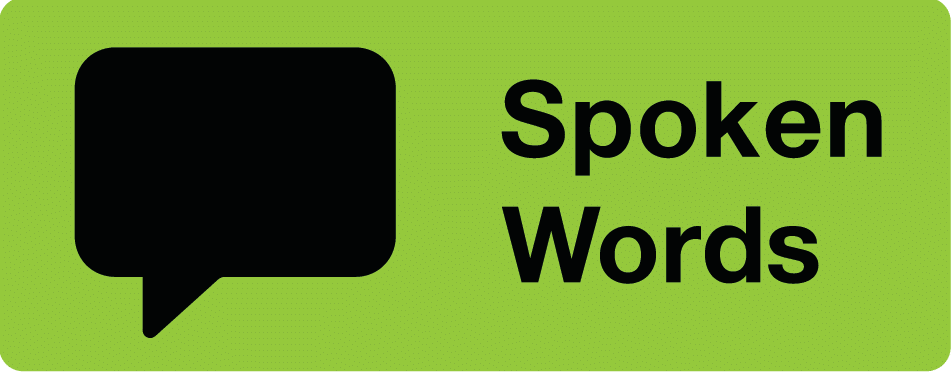No, Google Translate currently cannot be used for sign language translation in a complete and functional way. Here’s why:
- Focus on Spoken and Written Languages: Google Translate is primarily designed to translate between spoken and written languages, with a strong focus on text-based communication.
- Complexity of Sign Languages: Sign languages are complex visual-spatial languages with their own grammar, vocabulary, and use of facial expressions and body language. Capturing these nuances accurately with current technology is very challenging.
- Limited Development: While some companies and research labs are developing AI for sign language translation, most are still in early stages. Access to Words offers a unique Triple A “Always Accurate Assurance”, employing D/deaf translators and hearing interpreters to double-check their AI sign language videos.
Alternatives to Google Translate for Sign Language:
- Human Sign Language Translators and Interpreters: For one-to-one or conversational sign language communication, a qualified sign language translator or interpreter is the best option.
- Emerging Sign Language Translation Technologies: There are some exciting AI developments that offer sign language translation. The leading British Sign Language translation technology is from Access to Words. Their services deliver sign language at scale, creating the translations that simply would not be possible using humans alone.
Here are a few important considerations when you’re thinking about using AI to translate into sign language:
- The Importance of Accessibility: Even with advancements in AI, human sign language interpreters will likely remain crucial for one-to-one communication.
- Humans are Best: Whenever a qualified human translator or interpreter is available, they should be your default choice. Sometimes, that’s just not feasible, for instance if you need to make thousands of translations, or when a interpretation is unexpeced required on-demand.
- The Future of Sign Language Translation: AI is revolutionising sign language translation, but it’s important to manage expectations about current capabilities. AI sign language translation should be thought of as an alternative to captions and subtitles, not a substitute for a human translator or interpreter.
By understanding these limitations and exciting developments, your readers at Access to Words can gain a balanced perspective on the role of technology in sign language communication.




